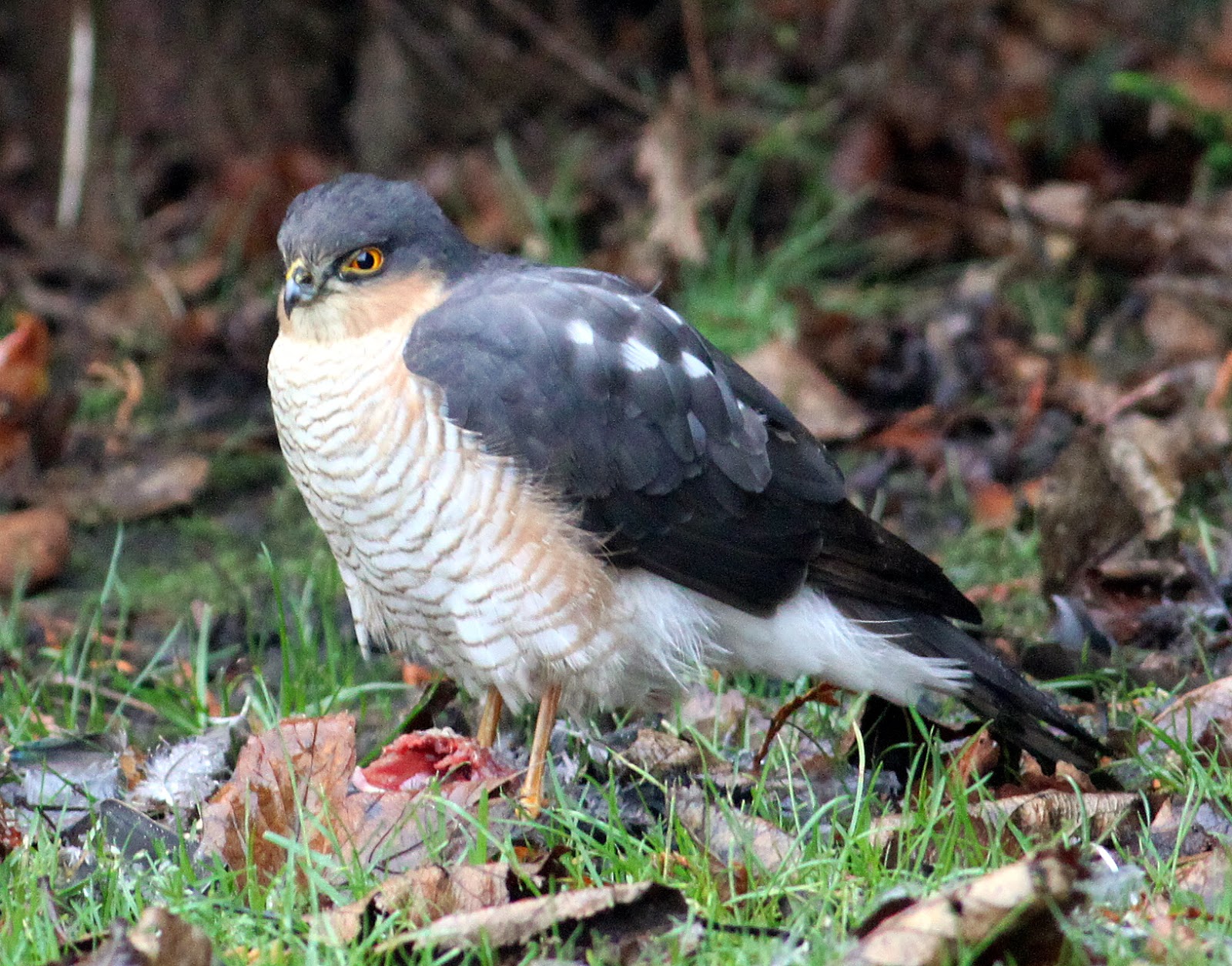I hope this isn’t getting monotonous for blog readers but there isn’t much to thrill today after a quiet morning up Conder and Cockerham way. It’s just that time of year, early March when the winter birds thin out but before the arrival of the first true spring migrants in mid to late March.
We enjoyed an awful lot of heavy overnight showers, a couple of sleepless spells as windswept rain lashed the bedroom window. When driving this morning there were lots of new roadside muddy puddles through which to splash. I made a mental note to leave time in the day for yet another bucketful of car shampoo, my unvarying chore of the past three months.
When I arrived at Conder Green the River Conder was flowing towards the estuary both fast and high, filling the creeks to way above low water level, a sure sign of a night’s deluge.
The regular birds were there, some in now smaller numbers as winter finally abates: 28 Redshank, 70 Teal, 4 Little Grebe, 3 Goldeneye, 1 Spotted Redshank, 1 Grey Plover, 4 Curlew, 1 Black-tailed Godwit, 1 Little Egret, 4 Shelduck, 6 Wigeon and 4 Oystercatcher. The Oystercatchers comprised two pairs, each taking up residence on the topmost points of the almost submerged islands where both Oystercatchers and Lapwings nest. After the winter rain and storms and using the sluice wall as a reference point it looks as though the water level of the pool is now higher by some 18 inches or more.
Oystercatcher
Grey Plover
Teal
It remained pretty windy this morning whereby the often serene Glasson Dock had waves a plenty to hide the wildfowl. Receding numbers but still 30+ Tufted Duck, 7 Goldeneye and 8 Cormorants, the Cormorants lined motionless along a single landing stage, waiting for the signal to dive in if the photographer moved closer.
Cormorant
Goldeneye
The fields at Jeremy Lane were stacked with mainly smaller gulls and Starlings. When I stopped to look closer I estimated 750 Black-headed Gull, 75 Common Gull, 1 Mediterranean Gull, 1 Little Egret and 1500 Starlings.
Little Egret
Every so often there was a “dread” as all the birds took to the air before settling again to resume feeding on the saturated fields. It wasn’t until the third time that I saw the cause of their panic, a female Merlin dashing low and fast close to the throng of birds but failing to take anything.
Somewhere in the distant fields was a flock of Black-tailed Godwits too, at one point about 300 of them flying around together before settling far away.
It was good to see Brown Hares about this morning, just 3, but two of them engaged in their March Madness, chasing through the fields in the near distance.
Brown Hare
There’s more Insanity in March very soon from Another Bird Blog.
Linking today to Camera Critters, Eileen's Saturday Blog and Anni's birding blog.
Linking today to Camera Critters, Eileen's Saturday Blog and Anni's birding blog.





















































.jpg)












